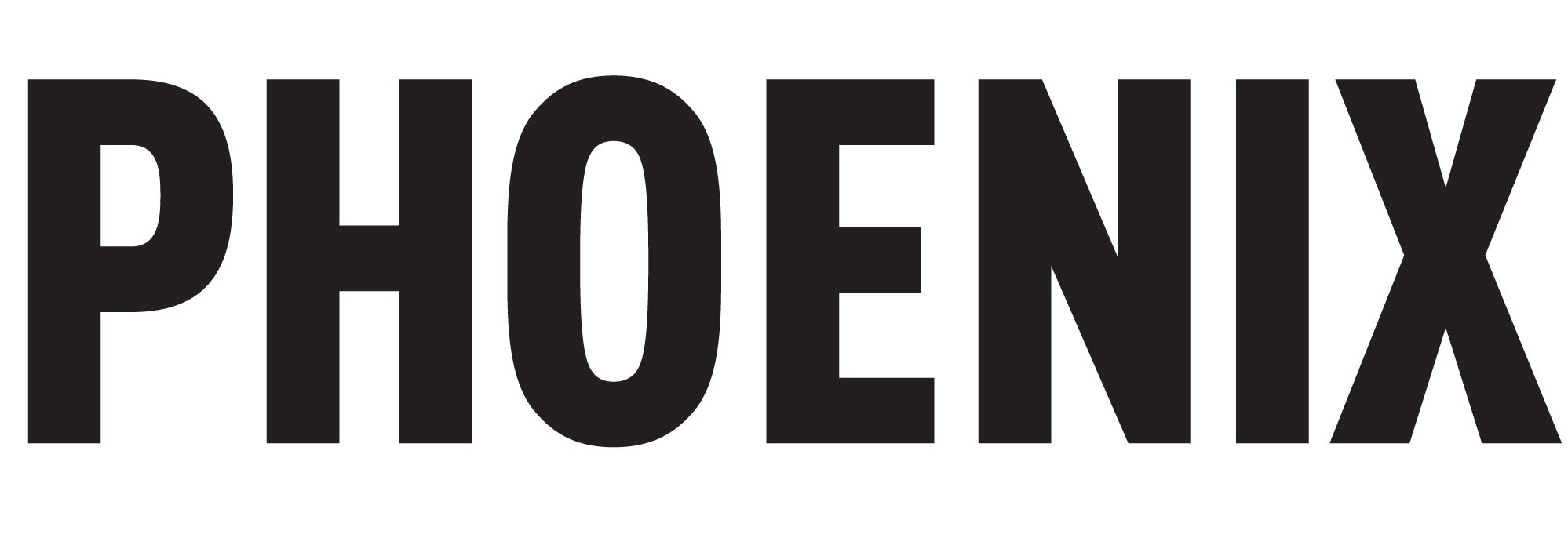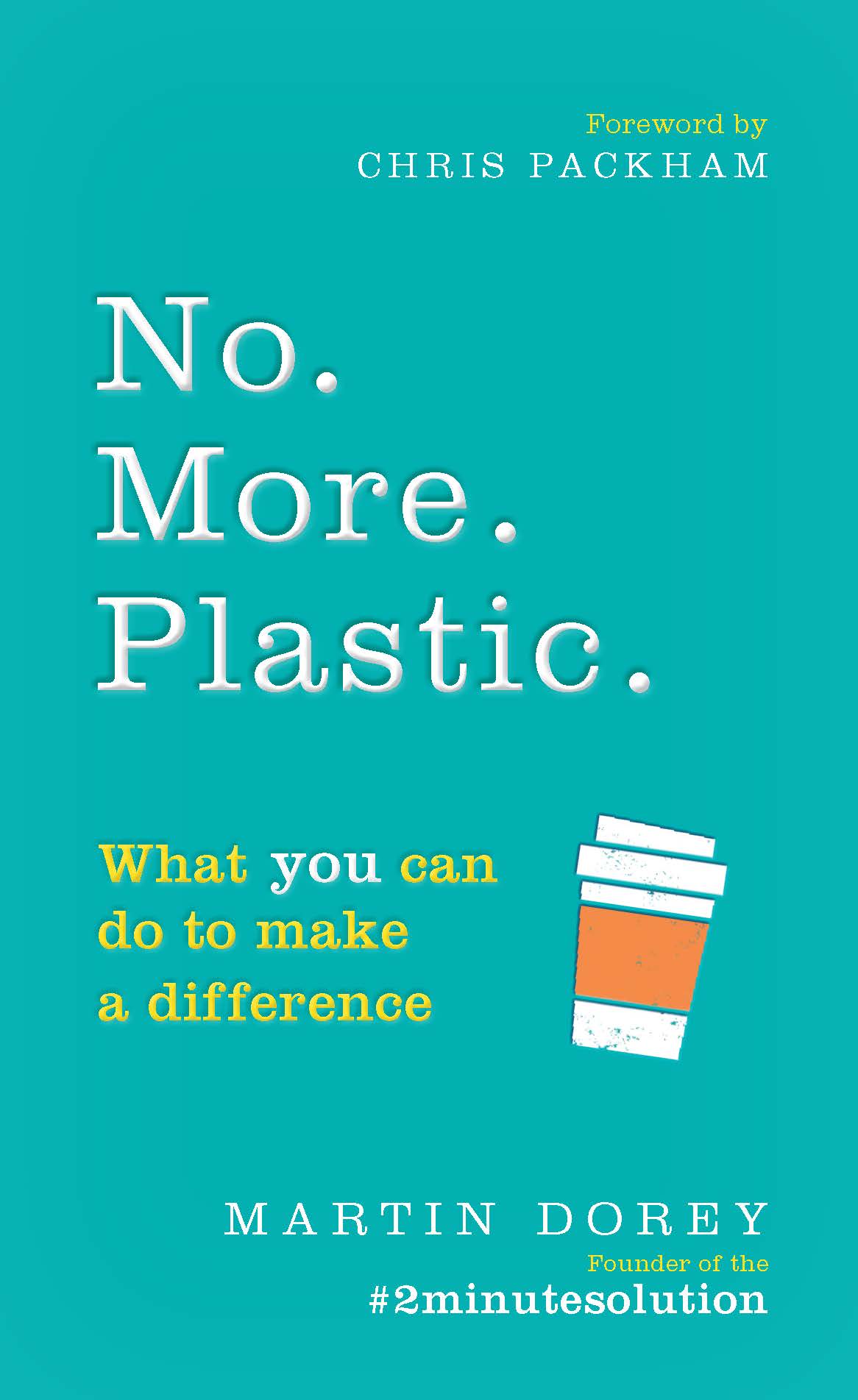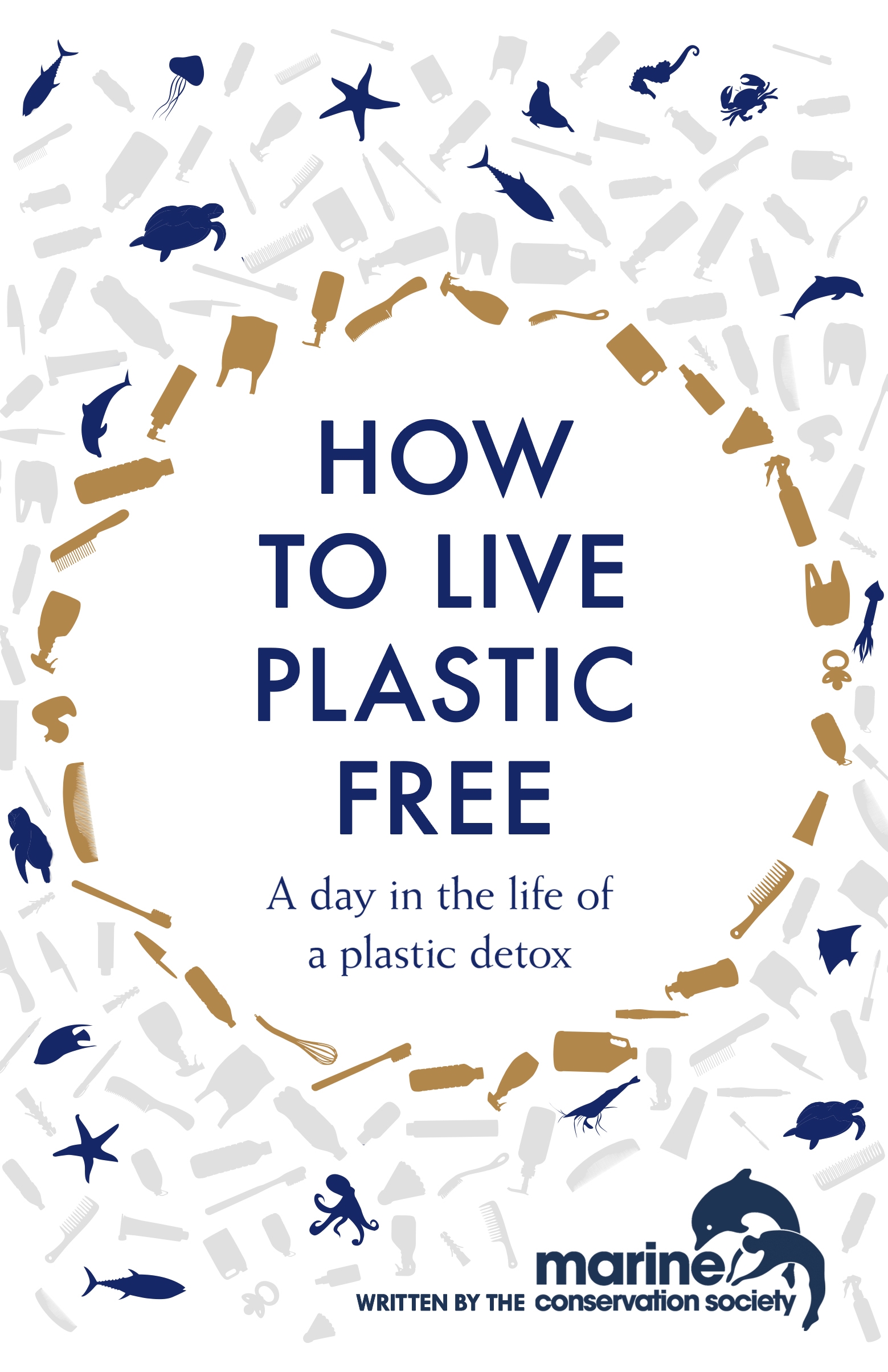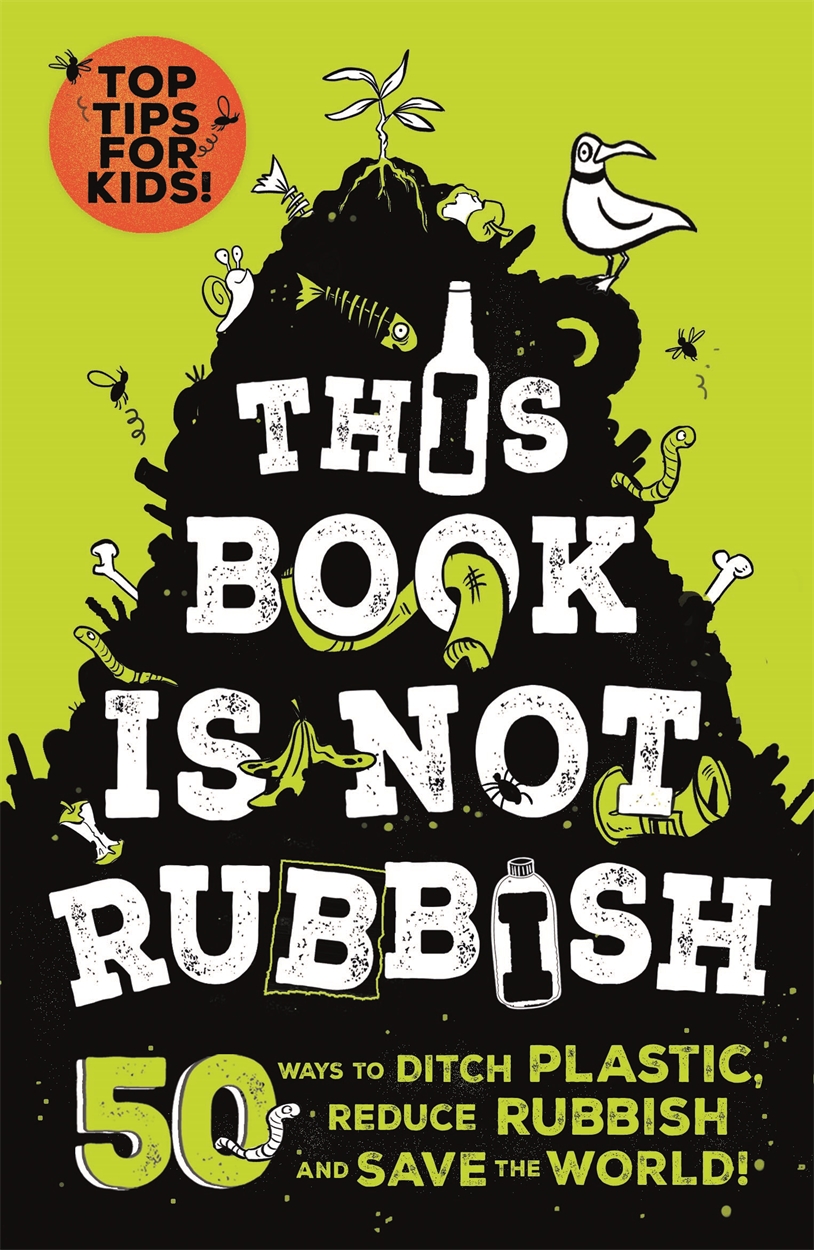Green publishing is booming – but is it just another hollow trend?
Words Sarah Shaffi
I like to think I’m a fairly environmentally conscious person. I recycle and compost. I don’t print things unnecessarily. I turn old pieces of clothing into dust rags, I donate unwanted items to charity, I use tote bags instead of plastic.
But as we see the very real effects of climate change escalate, I know that I could do better. I rely a little too much on my car, I am a sucker for great packaging on toiletries and beauty products, and whenever I go out I always, always forget to bring my recyclable coffee cup.
However, it looks like the book industry is determined to come to my rescue. In recent months a trend has sprung up for books advising us on how to be more environmentally friendly, with reducing our use of plastic being the dominant theme.
No. More. Plastic. by Martin Dorey; How to Live Plastic Free by a team from the Marine Conservation Society; How to Give Up Plastic by Will McCallum… this is one bandwagon publishers have most definitely decided to ride. Laura Higginson, the editor of How to Live Plastic Free, believes that the documentary series Blue Planet II, which aired in the UK at the end of last year, “was the game changer that really put the plastic issue on everyone’s radar”.
But the trend goes well beyond the p-word. Even children are being targeted with books across the environmental spectrum. This Book is Not Rubbish by Isabel Thomas, illustrated by Alex Paterson, and Little Book for Big Changes, by Karen Ng and Kirsten Liepmann, illustrated by Simona Karaivanova, are two of the best.
And the green publishing juggernaut shows no sign of stopping, either; next year will see the release of a plethora of titles including Choked: The Age of Air Pollution and the Fight for a Cleaner Future by Beth Gardiner. Unsurprising, seeing as those rising temperatures and natural disasters are only going to keep getting worse.
But is this just another form of armchair activism? Even though I’m a big a reader, I’m a little sceptical that books telling us how to save the planet will really, well… help us save the planet. They might look good on our salvaged wood coffee tables, but will they really improve our insight or spur us to action in any meaningful way?
Honestly, having sampled a fair few of the above titles, I’ve been pleasantly surprised. Most of them aren’t preachy at all. They don’t guilt trip readers. Nor do they expect us to completely change our lives. Instead, they focus on laying out small, realistic changes that really do feel achievable. And following a long-form argument from start to finish increases your understanding – and has an emotional impact – that no brief article, however shocking, can achieve.
Higginson says that, when she read Dorey’s book, she was impressed by his “knowledge, his experience and his inclusivity”. She continues: “My hope is that Martin’s book reaffirms or reminds people that they have power to make a difference and should not give up doing what they are already doing – that’s what it does for me. Reminds me to keep using my keepcup, recycling, choosing seasonal veg without packaging.”
I’m probably never going to make my own deodorant (like How to Live Plastic Free suggests), but these books have made me want to push myself a little further when it comes to being green. I’ll be exploring plastic-free make-up brands, walking a little bit more and trying to remember that keepcup.
And of course, when I’m done with all these books, I’ll be recycling them by passing them on to other readers. This is one publishing trend that most definitely deserves to stay evergreen.

SARAH SHAFFI
Books Editor
Sarah Shaffi is a freelance literary journalist and event chair, editor-at-large for the independent children’s publisher Little Tiger Group, and co-founder of BAME in Publishing.



